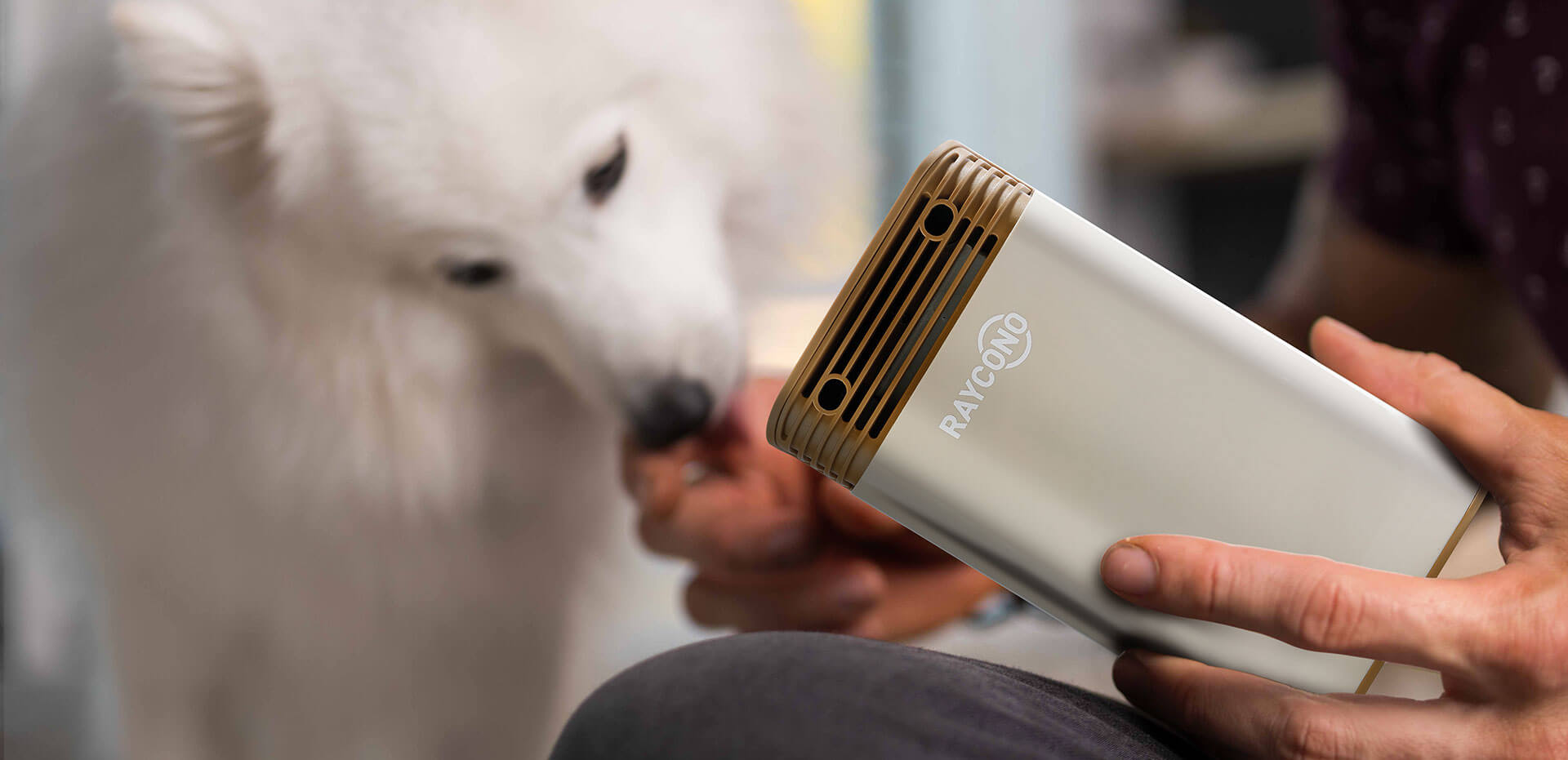
![]()
Portable
Deodorizer&Sterilizer
Pet-Friendly and on-the-go

![]()
Portable
Deodorizer&Sterilizer
Pet-Friendly and on-the-go
Sterilization Rate:
99.99% based on SGS Test
Initiated by NASA on Spacecraft sterilization
Hydroxyl Sterilization Technology

Formaldehyde removal rate / 2 Hours
99.99%

Virus Removal Rate / 2 Hours
99.99%

Bacteria Removal Rate / 2 Hours
99.99%
Effective on Mold, Salmonella, Escherichia coli,
Candida, Staphylococcus albicans, Staphylococcus aureus,

Dust Removal Rate / 2Hours
99.99%
Effective on PM 2.5, Dust, Pollen, Smoke, Odor
RAP-005A
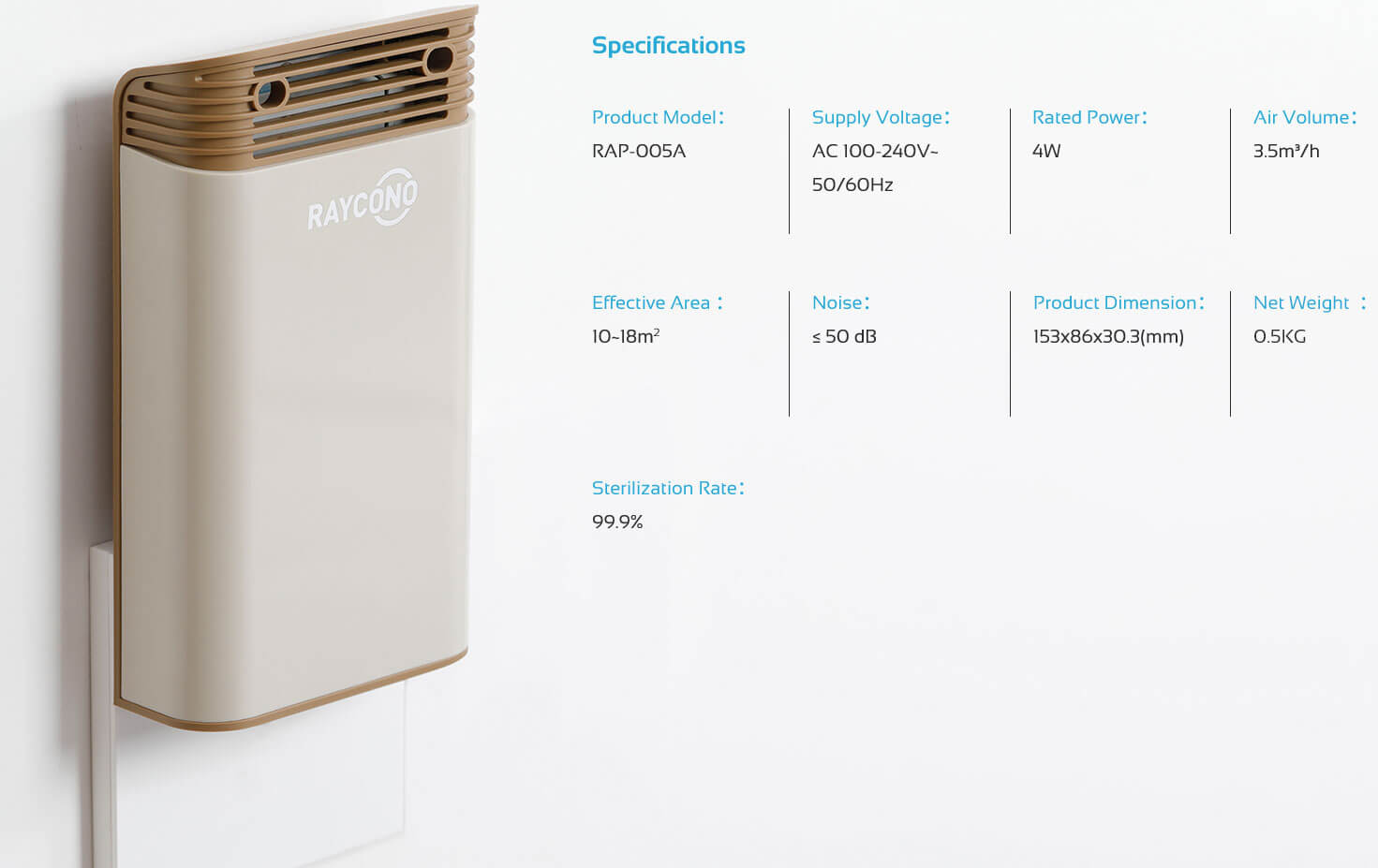
Long Working Duration
Low Power Consumption

Fast, safe
and effective
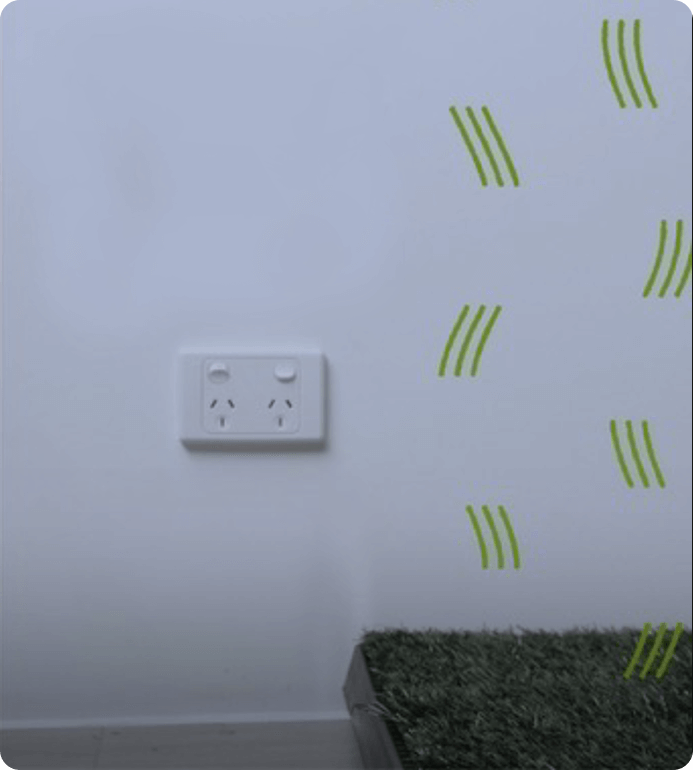
Low power consumption
High efficacy
Only 4 watts

Travel-Friendly:Clean Air Everywhere
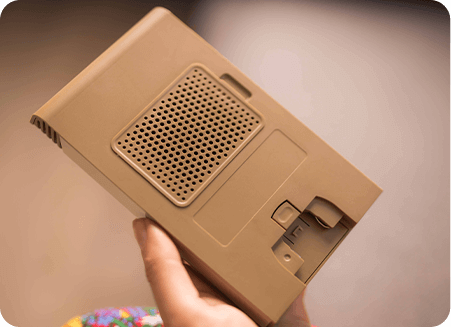
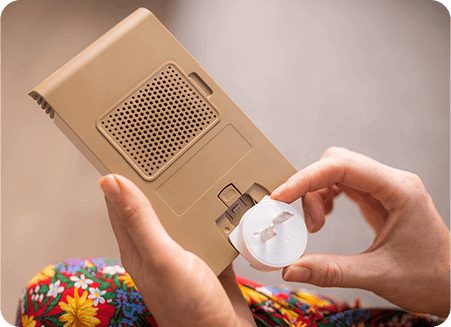
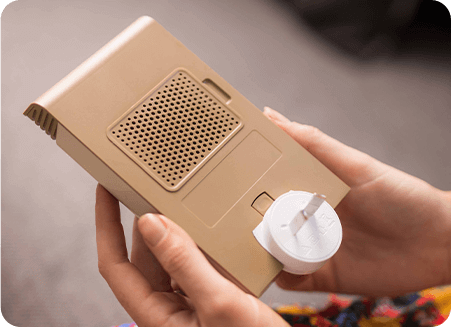
Electronic Processes:
People,Pet,and Eco-Friendly
Instead of using harmful chemicals such as the ones used by traditional chemical refreshing systems, RAYCONO Sterilizer & Air Purifier works electronically. There are no harsh chemicals involved, which means there are no negative effects on people, pets, or the environment. The entire deodorizing process is perfectly safe and sustainable, quickly making the air in any location becomes fresh, odorless, and clean!
No Maintenance Cost:
Environment-friendly
Another highlight about Raycono Air Purifier&Sterilizer is that it requires no extra maintenance cost to you because you don’t need to replace the filter as HEPA filters do. You can use it repeatedly! What you need to do is wash and clean the filter regularly. The long working life of Raycono Air Purifier&Sterilizer can be 5 years and more! It really makes a difference to save our environment from plastic pollution.

A Demo Video For Smoke Removal
Mechanism of Raycono triliros
Triliros:
Trillions of iROS (integrated Reactive Oxygen Spices)

Working principle of Raycono triliros
Our triliros device generates trillions of ROS every second. Those ROS disrupts envelope/capsid /RNA/DNA /protein of virus. These hydroxyl radicals also instantly attack carbon based, organic molecules, breaking apart their chemical bonds, deodorizing smells, instantly decomposing them and simply leaving water and carbon dioxide.
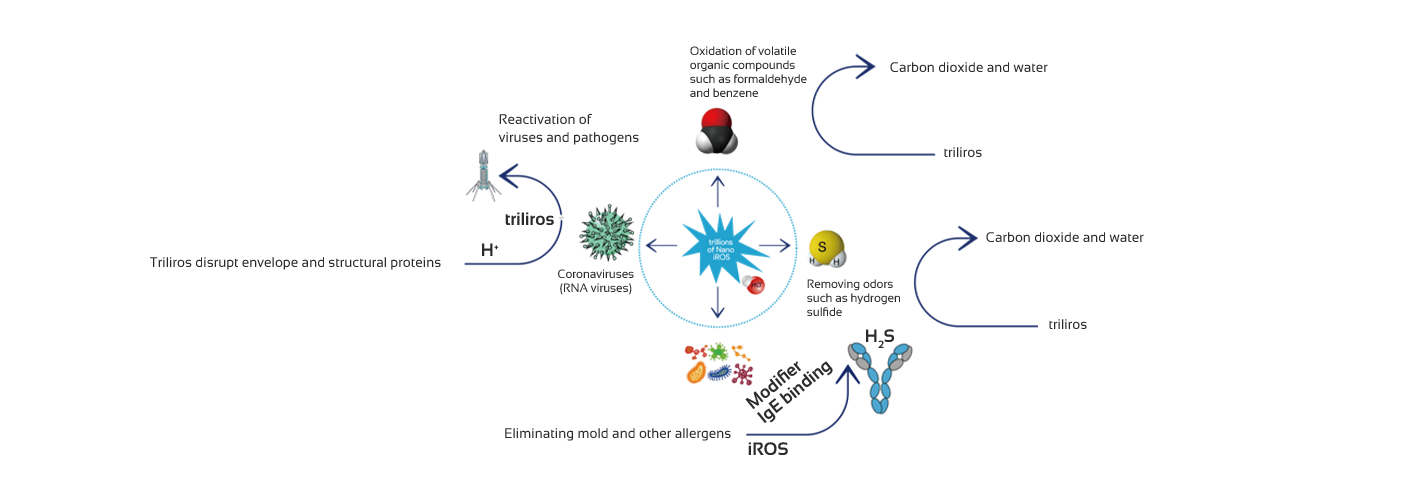
Nanometer size of substances
Protein virus bacteria macrophage Daphnia baseball

Relative diffusion range of triliros
Hydroxyl singlet oxygen superoxide hydrogen peroxide
